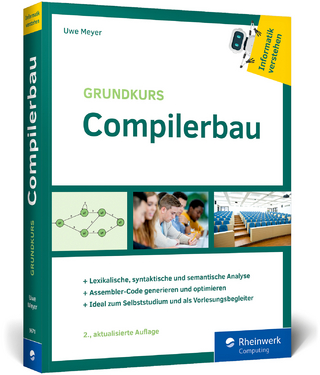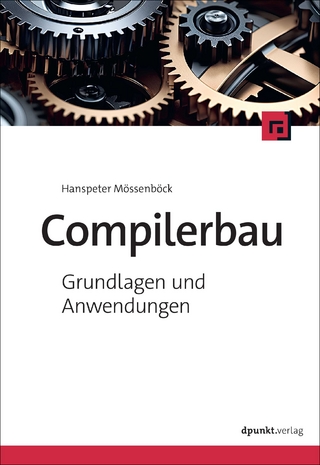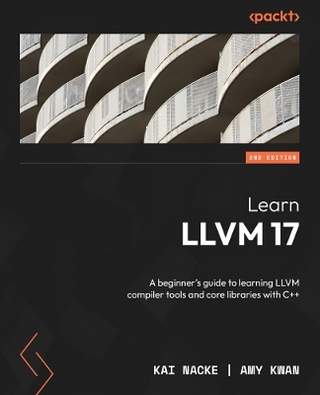
Deep Belief Nets in C++ and CUDA C: Volume 1
Apress (Verlag)
978-1-4842-3590-4 (ISBN)
The first of three in a series on C++ and CUDA C deep learning and belief nets, Deep Belief Nets in C++ and CUDA C: Volume 1 shows you how the structure of these elegant models is much closer to that of human brains than traditional neural networks; they have a thought process that is capable of learning abstract concepts built from simpler primitives. As such, you’ll see that a typical deep belief net can learn to recognize complex patterns by optimizing millions of parameters, yet this model can still be resistant to overfitting.
All theroutines and algorithms presented in the book are available in the code download, which also contains some libraries of related routines.
What You Will Learn
Employ deep learning using C++ and CUDA C
Work with supervised feedforward networks
Implement restricted Boltzmann machines
Use generative samplings
Discover why these are important
Who This Book Is For
Those who have at least a basic knowledge of neural networks and some prior programming experience, although some C++ and CUDA C is recommended.
Timothy Masters received a PhD in mathematical statistics with a specialization in numerical computing. Since then he has continuously worked as an independent consultant for government and industry. His early research involved automated feature detection in high-altitude photographs while he developed applications for flood and drought prediction, detection of hidden missile silos, and identification of threatening military vehicles. Later he worked with medical researchers in the development of computer algorithms for distinguishing between benign and malignant cells in needle biopsies. For the last twenty years he has focused primarily on methods for evaluating automated financial market trading systems. He has authored five books on practical applications of predictive modeling: Practical Neural Network Recipes in C++ (Academic Press, 1993) Signal and Image Processing with Neural Networks (Wiley, 1994) Advanced Algorithms for Neural Networks (Wiley, 1995)Neural, Novel, and Hybrid Algorithms for Time Series Prediction (Wiley, 1995) and Assessing and Improving Prediction and Classification (Apress, 2018).
1. Introduction.- 2. Supervised Feedforward Networks.- 3. Restricted Boltzmann Machines.- 4. Greedy Training: Generative Samplings.- 5. DEEP Operating Manual.
| Erscheinungsdatum | 27.04.2018 |
|---|---|
| Zusatzinfo | 20 Illustrations, color; 13 Illustrations, black and white; IX, 219 p. 33 illus., 20 illus. in color. |
| Verlagsort | Berkley |
| Sprache | englisch |
| Maße | 178 x 254 mm |
| Themenwelt | Mathematik / Informatik ► Informatik ► Datenbanken |
| Mathematik / Informatik ► Informatik ► Programmiersprachen / -werkzeuge | |
| Mathematik / Informatik ► Informatik ► Software Entwicklung | |
| Informatik ► Theorie / Studium ► Compilerbau | |
| Informatik ► Theorie / Studium ► Künstliche Intelligenz / Robotik | |
| Schlagworte | AI • algorithms • Artificial Intelligence • Boltzmann • C++ • computer vision • CUDA C • CV • deep belief • Deep learning • Feedforward • machine • Networks • Numerical • Statistics • supervised |
| ISBN-10 | 1-4842-3590-8 / 1484235908 |
| ISBN-13 | 978-1-4842-3590-4 / 9781484235904 |
| Zustand | Neuware |
| Haben Sie eine Frage zum Produkt? |
aus dem Bereich


